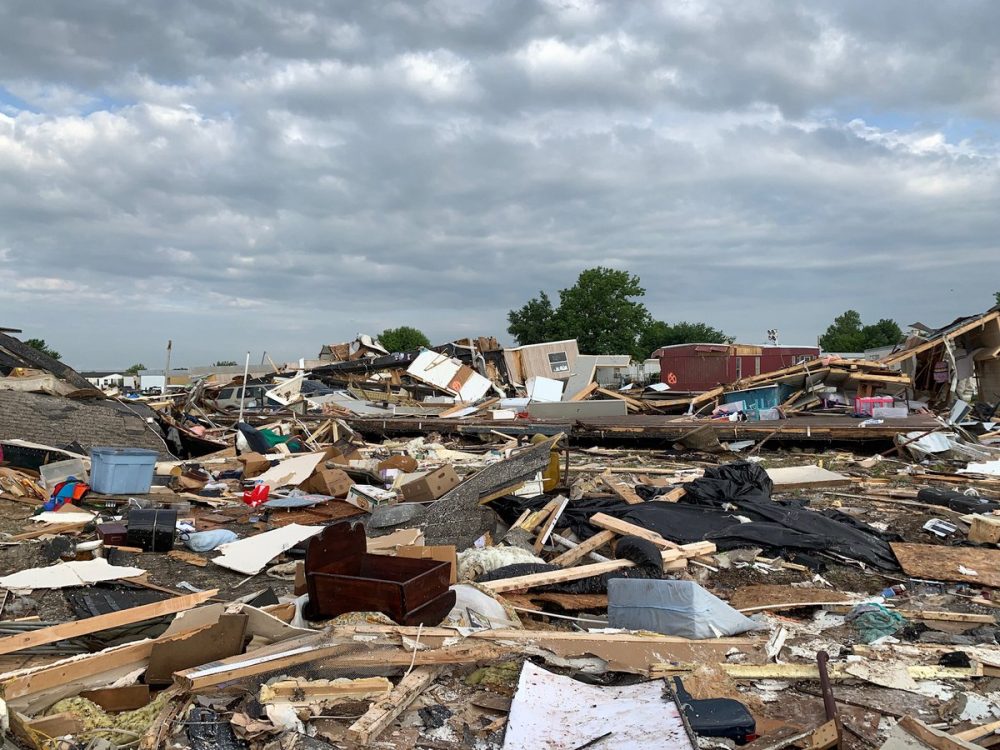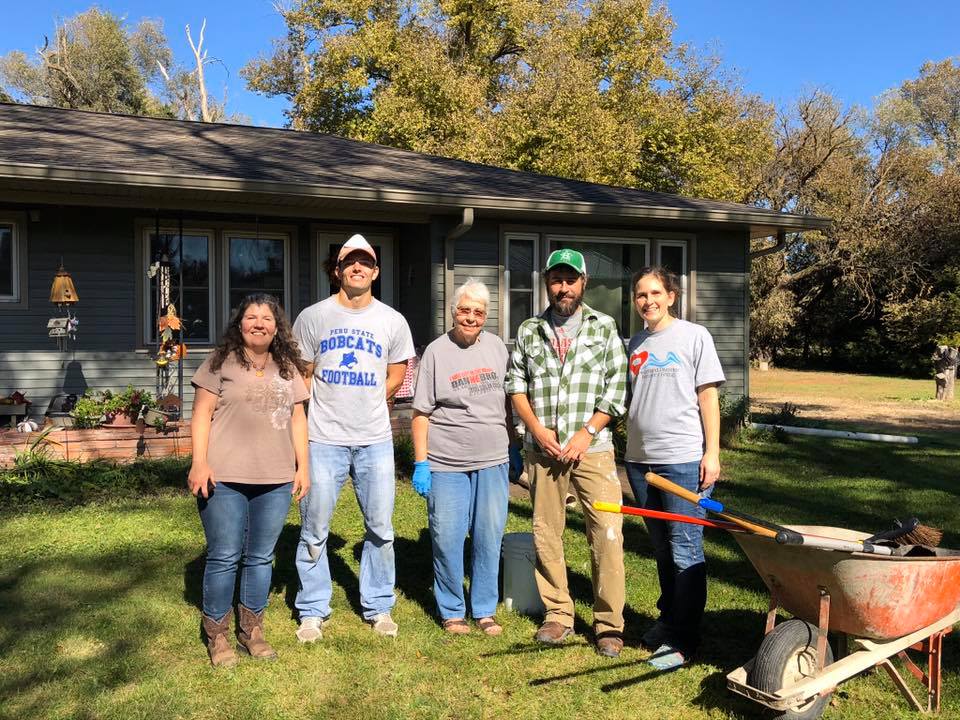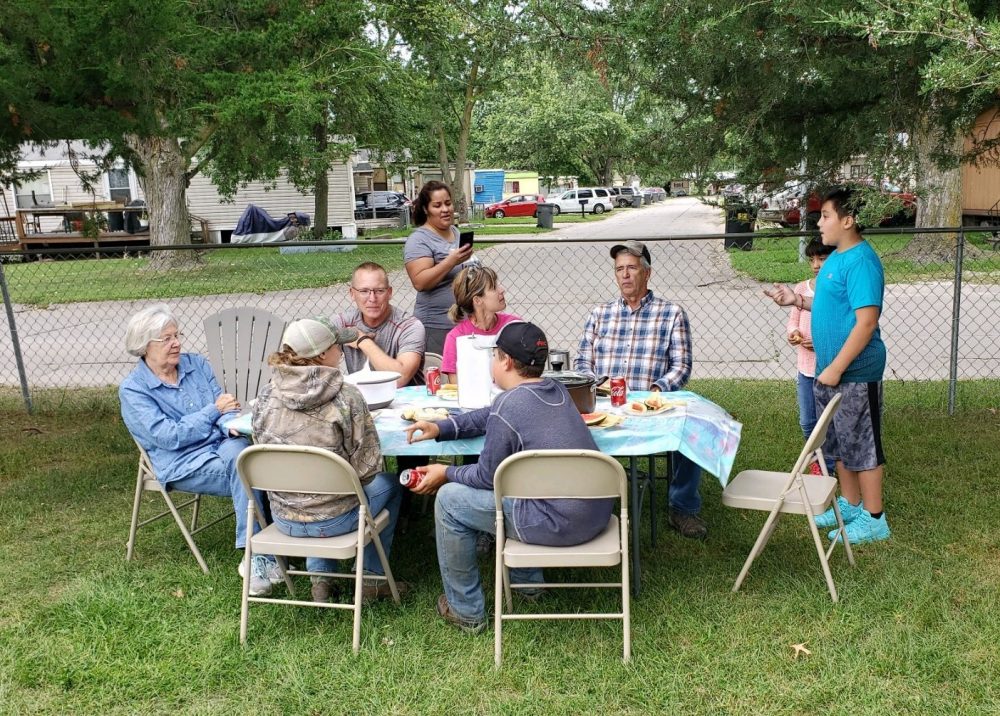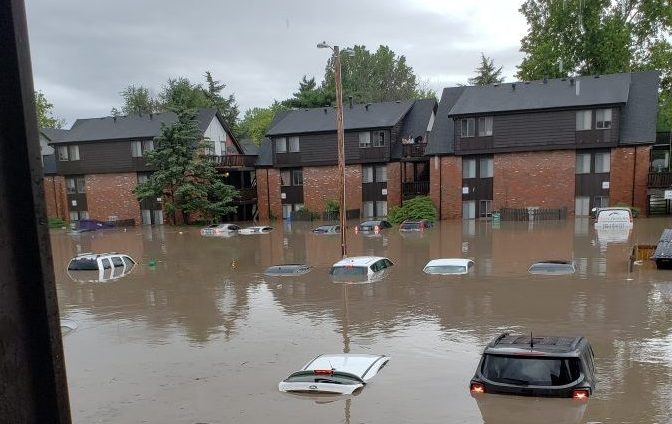
CDP 2019 Midwest Disaster Recovery Fund

Severe storms have been battering the Midwest in Spring 2019, causing death, injuries and destruction across Texas, Oklahoma, Kansas, Missouri, Iowa, Illinois, Minnesota and North Dakota.
A series of deadly spring storm systems produced more than 170 tornadoes, high winds, torrential rain, flash flooding and hail.
These storms came in the wake of historic river levels across 41 counties in the Midwest, caused by rapid snow melt combined with heavy spring rain and late season snowfall in March and April. Hundreds of homes were flooded and families were displaced.
(Photo: Damage from EF3 tornado in El Reno, Oklahoma, May 26, 2019. Source: NWSNorman)
Recovery needs from this deadly and destructive spring included restoring livelihood and agricultural losses, rebuilding homes, reschooling children, assisting the elderly and vulnerable populations, as well as emotional and physical support for affected communities.
This fund supported these disasters:
Why we launched this Fund
The Center for Disaster Philanthropy (CDP) knows that immediate needs must be met, lives must be saved and vital functions restored. However, the disaster cycle does not end there. Months and years of recovery lie ahead.
This Fund was launched to support strategic medium- to long-term recovery efforts to help restore communities.
Funding focus
CDP managed this fund in a similar manner to our CDP Midwest Early Recovery Fund, (the Fund) drawing heavily on our expert team in the Midwest. The Fund provides communities affected by low-attention disasters valuable recovery resources through a timely and consistent grantmaking process. It also supports those most vulnerable to the impact of a natural disaster so the entire community benefits from a more holistic and robust recovery. The 2019 Midwest Disaster Recovery Fund dollars were ready to be invested quickly, to ensure recovery began in a timely manner.
With an emphasis on recovery, your contributions allowed CDP to:
- Support vulnerable populations, especially the elderly whose lives and livelihoods will have been devastated.
- Fill in gaps where public resources are unavailable or scarce.
- Foster collaborative relationships among donors – including the sharing of information with funders and on-the-ground nonprofit organizations.
Heartland United Way

More stories

Wellness in Tough Times: Nebraska Extension


